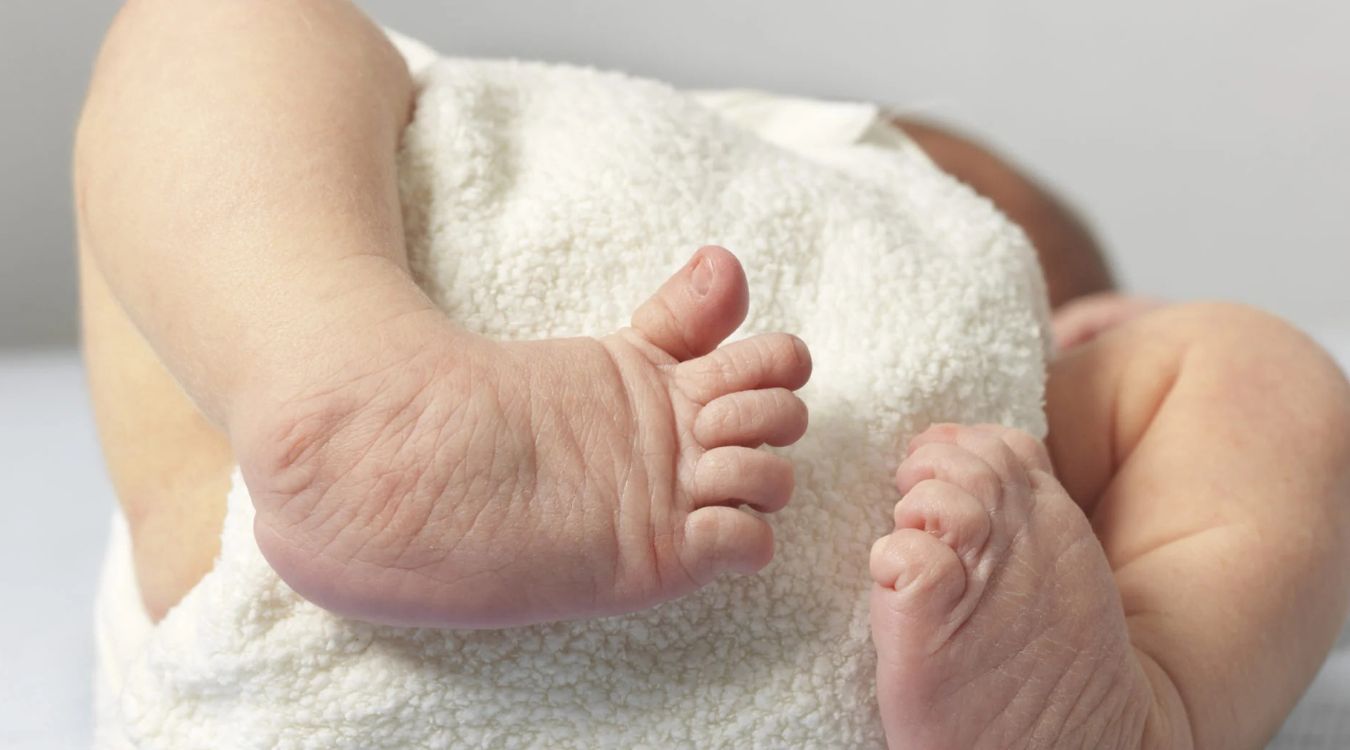
Rapp–Hodgkin Syndrome is a rare genetic disorder that affects various parts of the body, including the skin, hair, nails, teeth, and sweat glands. Caused by mutations in the TP63 gene, this condition often results in distinctive facial features, such as a cleft lip or palate, sparse hair, and dental abnormalities. Individuals with this syndrome may also experience issues with their sweat glands, leading to reduced ability to sweat and potential overheating. Understanding the complexities of Rapp–Hodgkin Syndrome can help in managing its symptoms and improving the quality of life for those affected. Here are 28 intriguing facts about this unique condition.
Key Takeaways:
- Rapp–Hodgkin Syndrome is a rare genetic disorder causing skin, hair, dental, and other health issues. It requires specialized care and support for those affected.
- People with Rapp–Hodgkin Syndrome can improve their quality of life with treatments like skin and hair care, dental interventions, and emotional support from family and friends.
What is Rapp–Hodgkin Syndrome?
Rapp–Hodgkin Syndrome (RHS) is a rare genetic disorder that affects various parts of the body. It is characterized by a combination of ectodermal dysplasia and cleft lip/palate. Here are some intriguing facts about this condition.
-
RHS is a genetic disorder: It is caused by mutations in the TP63 gene, which plays a crucial role in the development of ectodermal tissues.
-
Ectodermal dysplasia: This term refers to a group of conditions affecting the skin, hair, nails, teeth, and sweat glands. People with RHS often have abnormalities in these areas.
-
Cleft lip and palate: Individuals with RHS frequently have a cleft lip and/or palate, which are openings or splits in the upper lip and roof of the mouth.
-
Rare condition: RHS is extremely rare, with only a few hundred cases reported worldwide.
-
Inheritance pattern: RHS follows an autosomal dominant inheritance pattern, meaning a single copy of the mutated gene can cause the disorder.
-
Facial features: People with RHS often have distinctive facial features, including a broad nose, thin upper lip, and small lower jaw.
Symptoms and Diagnosis
Understanding the symptoms and how RHS is diagnosed can help in managing the condition effectively.
-
Dry skin: Many individuals with RHS have dry, scaly skin due to the ectodermal dysplasia component.
-
Sparse hair: Hair may be sparse, thin, and slow-growing, affecting the scalp, eyebrows, and eyelashes.
-
Nail abnormalities: Nails can be thick, brittle, or abnormally shaped.
-
Dental issues: Missing teeth, widely spaced teeth, and other dental anomalies are common in RHS.
-
Sweat gland dysfunction: Some people with RHS have reduced or absent sweat glands, leading to difficulties in regulating body temperature.
-
Hearing loss: Conductive hearing loss can occur due to structural abnormalities in the ear.
-
Eye problems: Dry eyes, light sensitivity, and other ocular issues may be present.
-
Diagnosis: Diagnosis is typically based on clinical evaluation, family history, and genetic testing to identify TP63 mutations.
Treatment and Management
While there is no cure for RHS, various treatments and management strategies can improve quality of life.
-
Multidisciplinary approach: Treatment often involves a team of specialists, including dermatologists, dentists, ENT doctors, and geneticists.
-
Skin care: Moisturizers and other skin care products can help manage dry skin.
-
Hair care: Special shampoos and conditioners may be recommended for managing sparse hair.
-
Dental care: Regular dental check-ups and treatments, such as braces or dentures, can address dental issues.
-
Surgical interventions: Surgery may be needed to repair cleft lip and palate.
-
Hearing aids: These can help manage hearing loss.
-
Eye care: Regular eye exams and treatments for dry eyes can prevent complications.
Living with Rapp–Hodgkin Syndrome
Living with RHS involves adapting to various challenges and finding ways to improve daily life.
-
Support groups: Joining support groups can provide emotional support and practical advice.
-
Education: Educating family, friends, and teachers about RHS can foster understanding and support.
-
Adaptive clothing: Clothing designed for sensitive skin can enhance comfort.
-
Temperature regulation: Staying cool in hot weather and warm in cold weather is crucial for those with sweat gland dysfunction.
-
Regular check-ups: Ongoing medical care and regular check-ups are essential for monitoring and managing symptoms.
-
Psychological support: Counseling or therapy can help individuals and families cope with the emotional aspects of RHS.
-
Advocacy: Advocating for awareness and research can contribute to better understanding and treatment of RHS.
Final Thoughts on Rapp–Hodgkin Syndrome
Rapp–Hodgkin Syndrome (RHS) is a rare genetic disorder that affects various parts of the body, especially the skin, hair, and teeth. Understanding RHS can help families and medical professionals provide better care and support for those affected. Early diagnosis and intervention can improve the quality of life for individuals with RHS. Genetic counseling is crucial for families with a history of the syndrome, helping them make informed decisions about future pregnancies. While there's no cure, treatments focus on managing symptoms and improving overall well-being. Research continues to explore new ways to address the challenges posed by RHS. Awareness and education about this condition can lead to better outcomes and support for those living with it. Stay informed, seek support, and advocate for continued research to make a difference in the lives of those affected by Rapp–Hodgkin Syndrome.
Frequently Asked Questions
Was this page helpful?
Our commitment to delivering trustworthy and engaging content is at the heart of what we do. Each fact on our site is contributed by real users like you, bringing a wealth of diverse insights and information. To ensure the highest standards of accuracy and reliability, our dedicated editors meticulously review each submission. This process guarantees that the facts we share are not only fascinating but also credible. Trust in our commitment to quality and authenticity as you explore and learn with us.


